Advertisement
AI is part of everyday life now. You hear it in the news, see it in your apps, and feel its presence in work tools, social media, and even your email inbox. But AI talk often sounds like a mess of buzzwords. Terms like “fine-tuning,” “vector database,” or “transformer models” get thrown around like everyone already knows what they mean. If you're new to AI, or even just trying to keep up, this can feel like trying to follow a movie in a language you don’t speak.
This guide breaks down 29 common AI terms in plain language. No fluff. No jargon walls. Just clear explanations that help you understand what’s going on behind the scenes.
AI is when machines try to act like humans by learning, reasoning, or solving problems. It's the broad idea behind everything from self-driving cars to chatbots.
Machine learning is a way to train computers using data so they can make decisions or predictions without being programmed with exact instructions.
This is a type of machine learning that uses layered structures called neural networks. It's great at handling images, speech, and natural language.
A neural network is a group of math-based layers that mimic how human brains process information. Data goes in one end, moves through layers of logic, and out comes a result, like an answer or prediction.
NLP lets computers understand and respond to human language. It's used in translation tools, voice assistants, and grammar checkers.
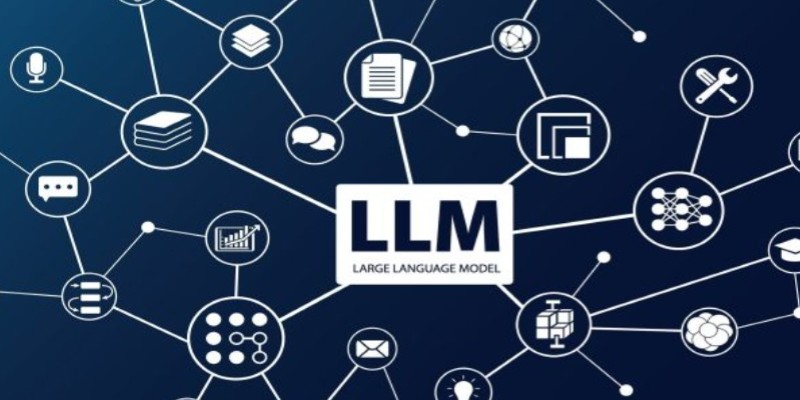
LLMs are trained on huge amounts of text to understand and generate human-like writing. ChatGPT is a well-known example.
This is the raw data (text, images, video) used to "teach" a machine learning model how to make predictions or decisions.
In language models, a token is a small chunk of text, like a word or part of a word. Models read input as a sequence of tokens.
Fine-tuning takes an existing model and tweaks it with new data for a more specific task, like adjusting a general model to help with legal documents.
A prompt is what you give an AI to get a response. For example, asking "write a blog post about cats" is a prompt.
This is the skill of writing better prompts to get better AI output. It's like learning how to talk to the model in a way it understands.
Overfitting is when a model gets too good at training data and fails to perform well on new, real-world data.
Underfitting happens when a model is too simple and can't capture the patterns in the data, so it performs poorly even on the training set.
These are the values inside a model that get adjusted during training to improve accuracy. Think of them as knobs that get fine-tuned to improve results.
Parameters are the parts of a model that change during the training process. Big models like GPT-4 have billions of these.
The transformer is a model design that changed the game in NLP. It processes all input tokens at once instead of one by one, making it faster and smarter.
This mechanism lets a model focus on the most relevant parts of the input. In a sentence, it figures out which words relate most to others.
Inference is what happens when a trained model makes predictions based on new data. It's the actual use of a model after it's been trained.
An embedding turns data (like a word or image) into a set of numbers so that the model can understand and compare it.
A special kind of database that stores embeddings as vectors. It helps models find similar content, like images or texts that are alike.
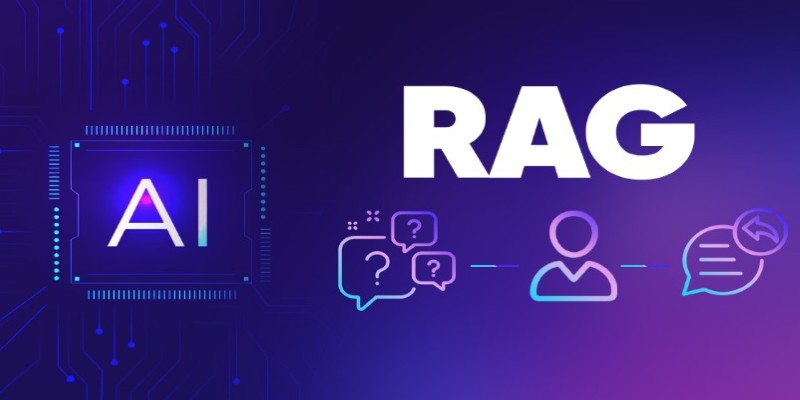
This setup improves answers by combining a language model with search. It first finds relevant info and then uses that to generate a better response.
When a model makes stuff up that sounds believable but isn't true, it happens when it tries to fill in gaps with wrong guesses.
When a model performs a task without being trained specifically for it, it does so by using its general knowledge.
In this case, the model is given a few examples before doing a new task. It learns fast from very little data.
An API lets apps talk to each other. For AI, this means your app can send a prompt and get a model's reply back.
The time it takes for a model to respond to your input. Lower latency means faster replies.
A method where an AI learns by getting rewards for doing the right thing. It's often used in robotics and games.
This combines AI training with human feedback to fine-tune how the model responds. ChatGPT used this method.
Bias means the model favors certain outputs unfairly. It can happen if the training data isn't balanced or diverse.
You don't need a computer science degree to understand how AI works. But having a grip on the basic terms helps you spot what's real, what's hype, and how to use the tools better. Whether you're exploring AI for fun, work, or curiosity, knowing the lingo makes the tech less intimidating. It turns a black box into something you can actually work with. And once you get the hang of it, even something as complex as ChatGPT or vector search starts to feel like just another tool you can use, like a browser or a search engine.
If you're serious about using AI more, save this list. It’ll be your cheat sheet when the next wave of tools, models, or apps comes out using all the same words.
Advertisement
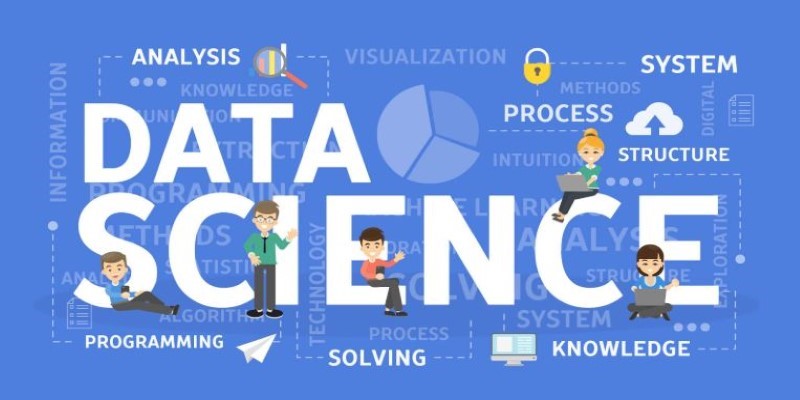
Explore the most reliable data science platforms in 2025. From notebooks to automated modeling, find the best tools for data science across all skill levels

Learn how artificial intelligence organizes random data, increases output, and drives efficiency throughout content management
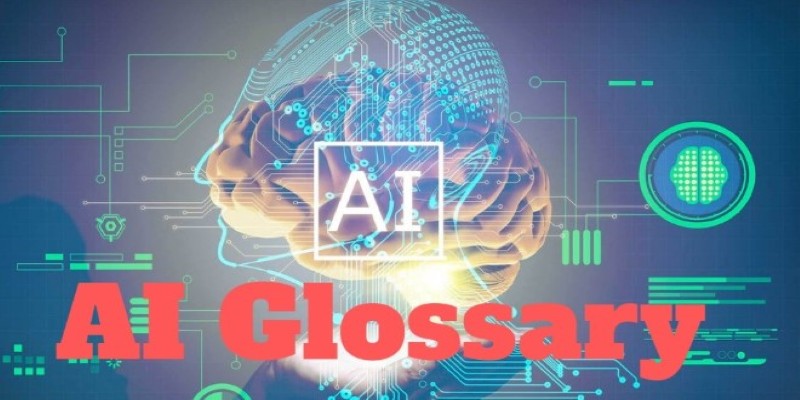
Confused by AI buzzwords? This glossary breaks down 29 essential terms—like LLMs, embeddings, and transformers—into plain language anyone can understand
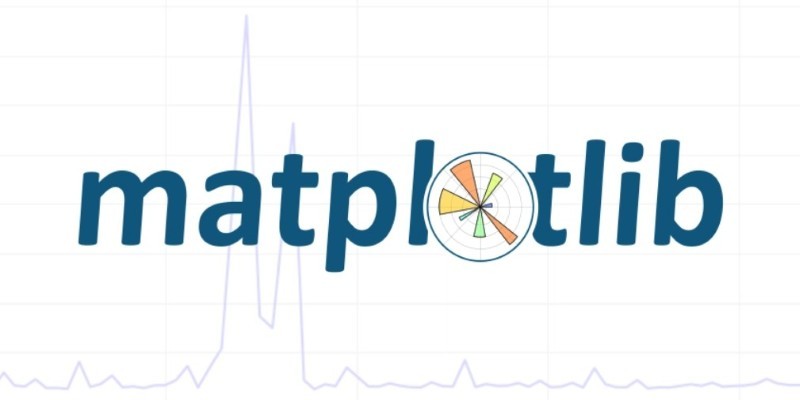
Find out the 10 unique ways to use advanced data visualization with Matplotlib to make your charts more engaging, clear, and insightful. From heatmaps to radar charts, learn how to go beyond basic graphs and explore deep-er patterns in your data

Discover a game-changer in AI tools: Autonomous AI service bots. resolve tickets, predict needs and personalize support.
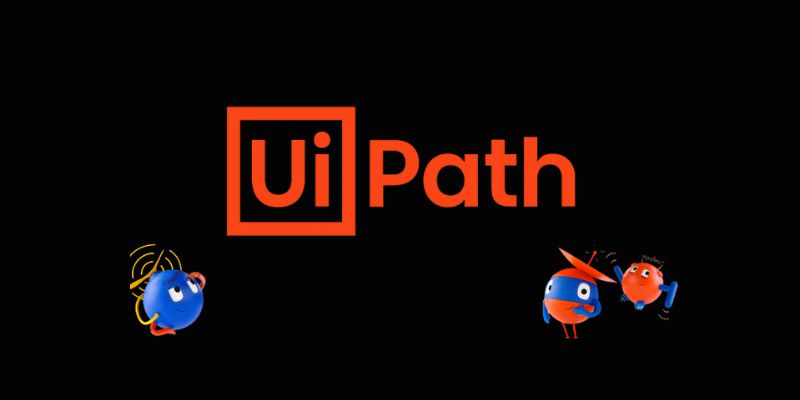
Discover UiPath's latest update with smarter AI bots, easier bot design, improved integration, and powerful automation tools
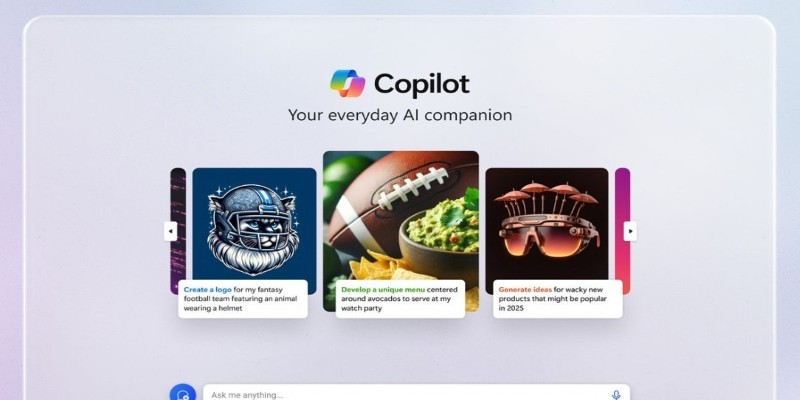
How to generate and edit DALL·E 3 images step by step using the Copilot Image Creator. Discover how to turn text prompts into stunning visuals and make quick edits—all without design skills
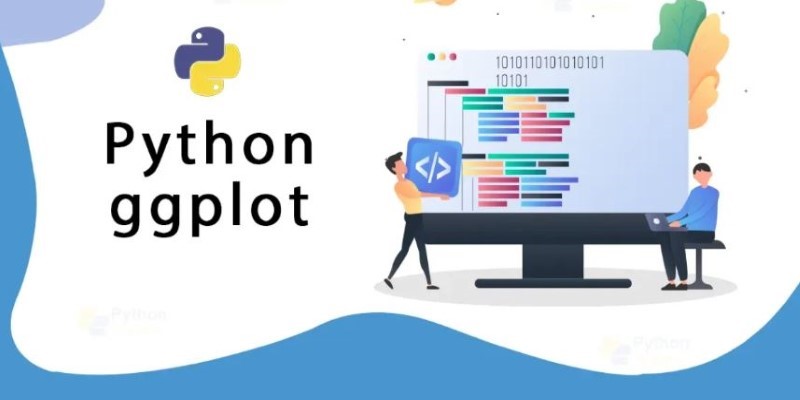
Learn how to create effective charts using ggplot in Python. This guide covers syntax, setup, and examples for powerful data visualization using the plotnine library
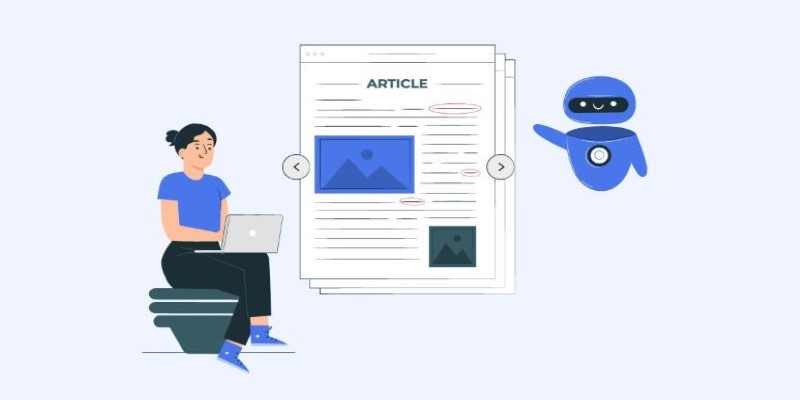
Looking for the best AI grammar checkers? This guide lists the top tools to improve clarity, fix errors, and make your writing sharper with ease

Discover VR’s present and future: gaming, therapy, training and metaverse integration. VR trends for 2030.
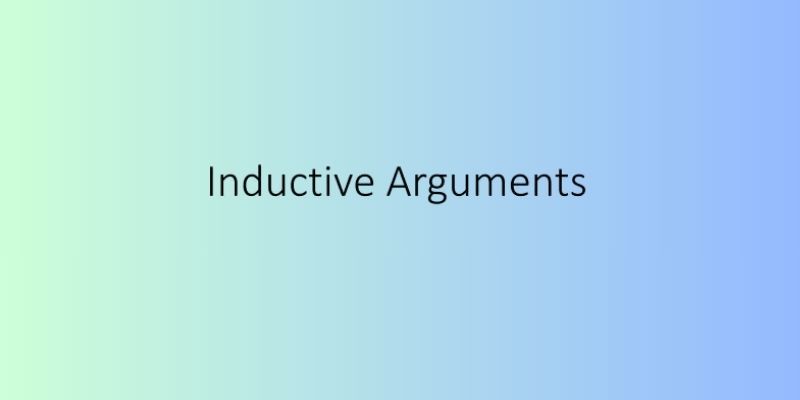
In daily life, inductive arguments transform ideas, guide behavior, and enable intelligent choices grounded on noticed trends
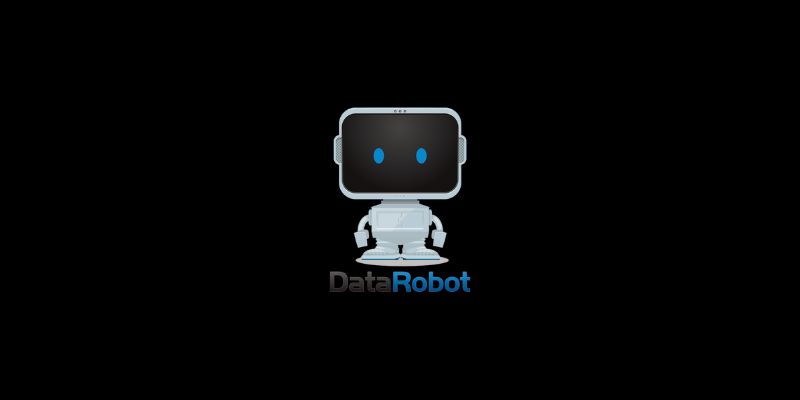
DataRobot's Feature Discovery runs inside Snowflake, offering more secure and scalable machine learning feature engineering